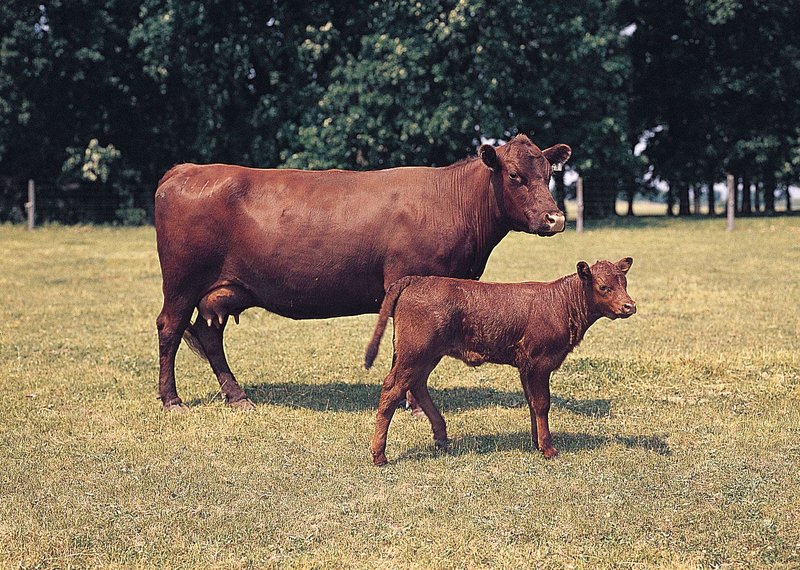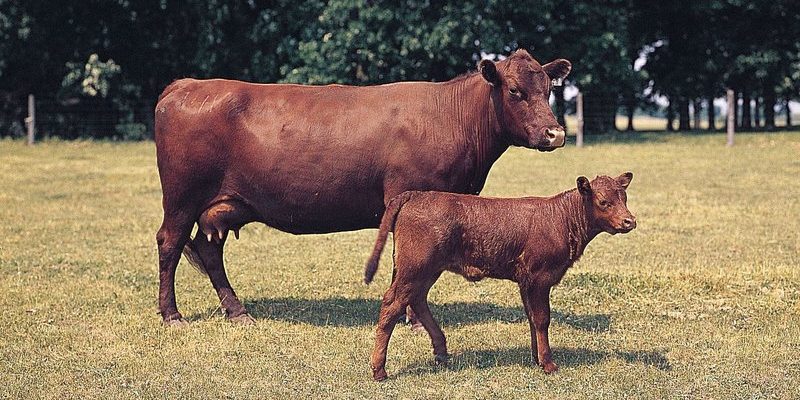
Let’s break it down step by step. We’ll look at everything from how long these goats are pregnant to what you need to do once the little ones arrive. It’s like hosting a party—you want everything to go smoothly, and preparation is key. You’ll feel confident navigating the world of Toggenburg goats by the end of this. So, let’s grab that coffee and dive right in!
Understanding the Breeding Cycle of Toggenburg Goats
Before jumping into the details of gestation and kidding, let’s chat about the breeding cycle. Toggenburg goats follow a seasonal breeding pattern, typically coming into heat from August to February. This is similar to how some plants bloom only in certain seasons. You might wonder, “How do I know when my goat is in heat?” Well, female Toggenburgs usually display certain behaviors, such as increased vocalization and restlessness.
An essential part of this cycle is recognizing the signs of estrus, which can last about 24 to 48 hours. During this time, the doe will become more affectionate and may even allow male goats to mount her. Mark your calendar! Once you have a successful mating, you can expect a gestation period of approximately 150 days, which is about five months. This timeframe is crucial for planning your goat’s care as she prepares for motherhood.
One crucial note: quality nutrition is vital during breeding. A well-balanced diet supports both the doe and her future kids. Think of it like preparing for a marathon. Proper nourishment will ensure that your goats are healthy and ready for the challenges ahead.
Gestation: What Happens When She’s Pregnant?
Once the Toggenburg doe is pregnant, she enters the gestation phase—a time of physical and behavioral changes. During these five months, her body will begin to prepare for the arrival of kids, much like how expectant mothers go through various stages of pregnancy. You’ll want to keep a close eye on her nutrition during this time. A balanced diet rich in protein, minerals, and vitamins is essential for her health and the growth of the kids.
Around the last month of gestation, you might notice some noticeable changes. Her belly will enlarge, and she may become more restless. This is a good time to set up a kidding area. This space should be clean, dry, and away from other animals to ensure privacy and safety. Think of it as a cozy nesting spot where she can feel secure. Adding fresh bedding and ensuring that she has access to clean water and hay will create the perfect environment.
As the due date approaches, consider monitoring her body temperature. A drop in temperature can signal that kidding is imminent, usually within 24 hours. It’s like an early warning sign—the calm before the storm. Being prepared will help ease any worries.
Kidding: The Big Day
Kidding is the exciting moment when the kids arrive! This can be a bit tense, so it’s essential to be ready. Most Toggenburg does will give birth to one or two kids, although triplets aren’t unheard of. When the big day arrives, you’ll want to be nearby, keeping a watchful eye on her.
The actual process of kidding can take several hours, with the doe going through labor contractions. You might notice her pacing, pawing at the ground, or vocalizing. It’s fascinating, like watching a live performance unfold. If everything goes smoothly, you’ll soon see those adorable little faces peeking out!
After the kids are born, the doe will instinctively clean them off, which is crucial. This action encourages breathing and circulation. Make sure to have clean towels nearby just in case you need to assist. While nature often does its magic, sometimes a little help goes a long way.
Once the kids are up and nursing, monitor them closely. They should be drinking colostrum, the nutrient-rich milk that’s incredibly important in the first few hours of life. Think of it as a booster shot for their immune systems. If a kid isn’t nursing well, you might need to intervene.
Kid Care: Raising Healthy Toggenburg Kids
After the excitement fades, your focus will shift to caring for those lively kids. For the first few weeks, you’ll want to ensure they are nursing well and gaining weight. Regularly check their body condition to make sure they’re thriving. If you see any signs of lethargy or failure to thrive, consult a veterinarian.
As the kids grow, they’ll start to exhibit playful behavior. Just like human children, they love to explore! Providing a safe environment is essential. Make sure the area is free of hazards where they might injure themselves. You could say they’re like little acrobats—always looking for new ways to climb and jump.
At around two months, you can begin to introduce grain and hay to their diet, supplementing the milk they get from mom. Gradually increasing their food variety helps them develop a good appetite and prepare for adulthood. Plus, it’s a perfect way for you to bond with them—watching them munch on fresh hay is a joy!
Weaning Toggenburg Kids
Weaning is a significant milestone, often occurring around three to four months. It’s a process that requires patience, much like training for a big event. You’ll want to transition the kids off their mother’s milk gradually. Start by offering them less access to her while ensuring they have plenty of solid food options, like hay and grains.
Monitoring their body weight and health during this time is crucial. Ideally, you want to see steady growth and energy levels. Some people choose to wean kids together to create a buddy system—this can help reduce stress. Your goal is to make this transition as smooth as possible, so think of it as an important life lesson for the kids.
After weaning, the kids will need routine veterinary care, including vaccinations and deworming. Keeping up with their health can prevent issues down the line. Plus, maintaining good records can help you track their growth and health. It’s like keeping score in a game; knowing where you stand helps you plan your next moves.
Breeding Toggenburg goats can be one of the most rewarding experiences. From understanding the gestation period to navigating the thrilling process of kidding and caring for lively kids, each step is packed with learning opportunities. It’s a bit like watching a garden grow: nurturing, patience, and a sprinkle of excitement make all the difference.
Remember, every Toggenburg goat is unique, and some experiences may require you to think on your feet. But by staying informed and prepared, you’ll ensure that your goats are happy, healthy, and ready to thrive. Embrace the challenge, and don’t hesitate to lean on fellow goat enthusiasts for advice and support. That’s how goat farmers build a community—by sharing knowledge and experiences along the way!
So, whether you’re dreaming of a farm filled with playful kids or aiming for a steady supply of delicious milk, the journey of breeding Toggenburg goats is an adventure worth taking. Enjoy every moment of it!

